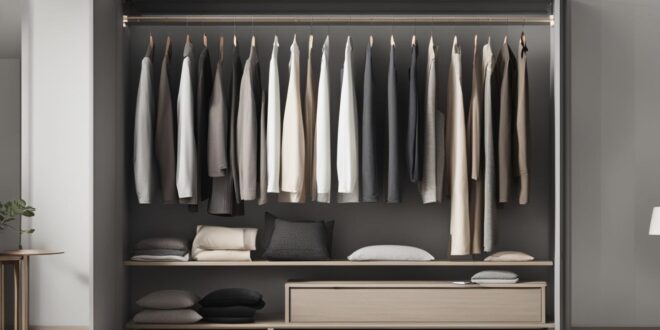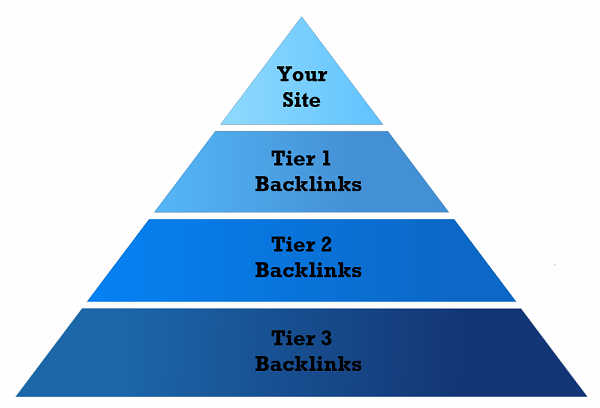In today’s fast-paced world, many people seek a simpler way of life, focusing on the essentials and reducing stress. Simple living is about prioritizing what truly matters to you and eliminating the excess to find peace and contentment. It involves decluttering your physical and mental space, focusing on quality over quantity, and living intentionally.
Transitioning to a simpler life may seem daunting, but by breaking it down into smaller steps and focusing on gradual changes, you can experience the numerous benefits it has to offer. From saving money and reducing your environmental impact to improving your mental health and deepening relationships, simple living can lead to lasting, positive changes in multiple aspects of your life.
Fundamentals of Simple Living

Simple living is about embracing a lifestyle that focuses on the essentials and eliminates the unnecessary. By prioritizing what truly matters, you can experience a higher quality of life and increased happiness.
The foundation of a simple life is decluttering your physical space. Getting rid of items you no longer need or want creates a clean and organized environment, allowing you to declutter your mind as well.
“Simplicity is the ultimate sophistication.” – Leonardo da Vinci
In simple living, mindful purchases play a crucial role. It means evaluating whether each purchase adds value to your life or will only contribute to clutter. By making mindful purchases, you can avoid unnecessary possessions and focus on what truly enhances your life.
Embracing simple pleasures is another fundamental aspect of simple living. It involves finding joy in the little things, such as spending quality time with loved ones, appreciating nature’s beauty, and engaging in activities that bring fulfillment.
Prioritizing your time and energy is essential when practicing simple living. By reflecting on your commitments and eliminating non-essential tasks, you free up space for activities that bring you joy and align with your values.
Cultivating gratitude on a daily basis is a powerful practice in simple living. It helps you find contentment and happiness from within, appreciating what you already have rather than constantly striving for more.
Adopting a stoic mindset
A stoic mindset involves focusing on what you can control and accepting what you can’t. By embracing this philosophy, you can reduce stress, increase resilience, and find peace in the face of life’s challenges.
Being mindful of your digital consumption is another important aspect of simple living. Limiting time on social media and prioritizing meaningful activities can help create a healthier relationship with technology and cultivate a simpler, more intentional life.
By embracing these fundamentals of simple living, you can create a more balanced and fulfilling lifestyle that focuses on what truly matters.
Principles of Simple Living

One important aspect of simple living is minimizing possessions. By decluttering your home and getting rid of things you no longer need or use, you can create a more organized and peaceful environment. Prioritizing quality over quantity is another key principle of simple living. It means focusing on owning fewer high-quality items instead of accumulating many low-quality possessions.
Valuing experiences over materials is also essential in simple living. By prioritizing experiences, such as creating memories and forming meaningful connections, you can find greater fulfillment than through the accumulation of material possessions.
Embracing these principles allows you to truly embrace a simple lifestyle, where the focus is on what truly matters, rather than on the accumulation of possessions. By minimizing possessions, prioritizing quality over quantity, and valuing experiences over materials, you can experience a more intentional and fulfilling way of living.
How to Transition Into Simple Living
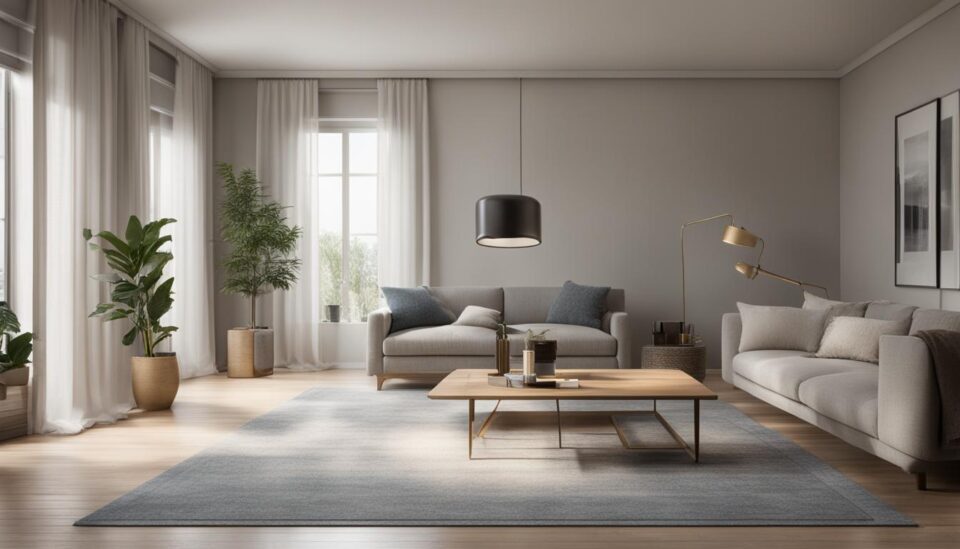
To transition into simple living, it’s essential to take gradual steps and make intentional changes in your lifestyle. This section will guide you through three key aspects: identifying essentials, clearing clutter, and adjusting spending habits.
Identify Essentials
Start by reflecting on what truly brings you happiness and serves a purpose in your daily life. Take the time to identify the essentials that align with your values and priorities. By focusing on what matters most, you can eliminate the unnecessary and create space for what truly brings you joy.
Clear Clutter
Clearing clutter from your surroundings is a crucial step in simplifying your life. Take a systematic approach and go through your belongings one by one. Ask yourself if each item is truly essential or if it’s just adding to the clutter. Consider donating, recycling, or discarding items that no longer serve a purpose in your life.
Adjust Spending Habits
“The secret to simple living is to align your outer life with your inner values.” – Joshua Becker
Transitioning into simple living also involves reevaluating your spending habits. Take a closer look at your financial goals and priorities. Adjust your spending to align with your list of essentials. Prioritize experiences and investments that bring long-term value rather than accumulating material possessions.
By incorporating these steps into your journey towards simple living, you can gradually create a life of greater purpose and contentment.
Benefits of Simple Living

Embracing simple living can have a profound impact on various aspects of your life, leading to enhanced mental well-being, reduced financial stress, and a more sustainable lifestyle.
Enhanced mental well-being: By prioritizing what truly matters and reducing the focus on material possessions, you can experience a greater sense of clarity and focus. Simple living allows you to declutter your mind, reduce decision fatigue, and cultivate a deeper sense of purpose and contentment.
Reduced financial stress: Simple living encourages you to spend less on material possessions and avoid unnecessary consumer debt. By adopting a more frugal mindset, you can save money, increase your financial security, and reduce the stress associated with financial obligations.
Sustainable lifestyle: Simple living promotes a more sustainable way of life. By consuming less, minimizing waste, and embracing ethical practices, you contribute to a healthier planet. Living a minimalist lifestyle encourages you to prioritize quality over quantity, supporting the longevity and sustainability of the products you choose to invest in.
Embracing a simple lifestyle is not only beneficial for your personal well-being but also for the world around you. By adopting sustainable practices and focusing on what truly matters, you can experience a more fulfilling and purposeful life.
Challenges in Simple Living

While the benefits of embracing a simple lifestyle are numerous, it’s important to acknowledge the challenges that come with it. Resisting consumerism, balancing practicality, and dealing with societal pressure are common hurdles in the journey towards simplicity. Overcoming these challenges requires perseverance and a strong commitment to your values.
Resisting consumerism can be difficult in a world that constantly encourages accumulation. Advertisements and societal norms often promote the idea that more is better. However, in simple living, the focus is on quality over quantity and resisting the temptation to buy unnecessary items. By staying mindful and making conscious choices, you can resist the urge to conform to consumerist tendencies.
Balancing practicality is another challenge in simple living. Each individual has unique needs and circumstances that may require practical considerations. It’s important to find a balance between simplicity and meeting your practical requirements. This can be achieved by assessing your needs, prioritizing what is truly essential, and finding creative solutions that align with your simple lifestyle.
Dealing with societal pressure is also a challenge when embracing a simple lifestyle. Society often places value on material possessions and the appearance of success. Choosing a different path can lead to judgment or questioning from others. However, staying true to your values is crucial in navigating societal pressure. Surround yourself with supportive and like-minded individuals who understand and appreciate the benefits of simple living.
Overcoming these challenges is possible by staying focused on your goals and finding strength in the simplicity of your chosen lifestyle. Resisting consumerism, balancing practicality, and dealing with societal pressure may test your commitment at times, but the rewards of living a simpler, more intentional life far outweigh the challenges.
Set Clear Boundaries
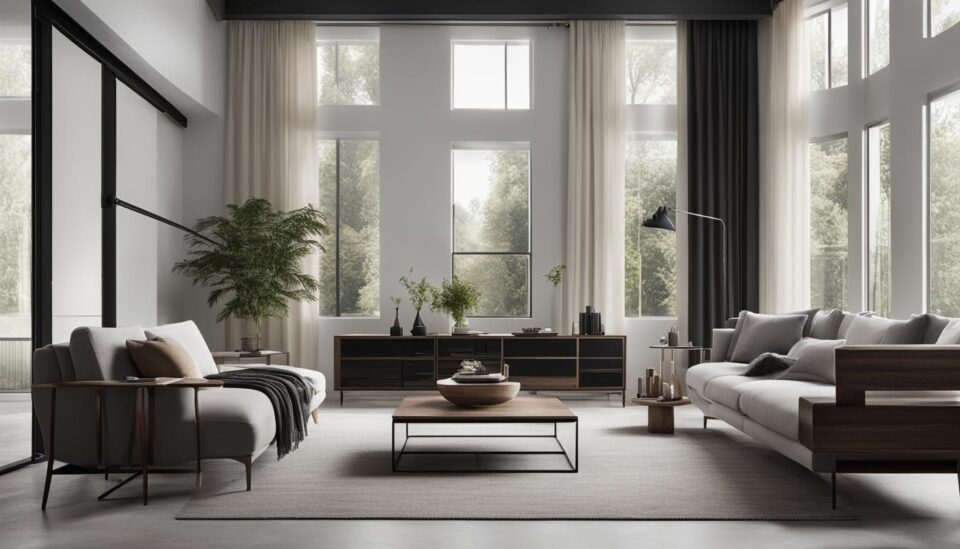
One of the key aspects of minimalist living is setting clear boundaries. By defining what is essential for your lifestyle and happiness, you can create a clutter-free and peaceful environment. There are different ways to establish boundaries, whether it’s through numerical limits or physical decluttering.
Limitation of Possessions
Determine the number of items you truly need for each category, whether it’s clothing, electronics, or household items. By setting a numerical limit, you can prevent excess accumulation and ensure that every item you own serves a purpose. This way, you avoid clutter and maintain a minimalist space.
Physical Decluttering
Physically decluttering your space is another effective way to set clear boundaries. Regularly go through your belongings and evaluate if they align with your minimalist lifestyle. Keep surfaces clutter-free by having designated spaces for essential items and removing anything that doesn’t belong.
“Setting clear boundaries allows you to create a clutter-free environment that promotes simplicity and peace.” – [Author Name]
By setting boundaries, you not only create a visually clean and organized space but also cultivate a mindset of intentional living. This practice enables you to focus on what truly brings value to your life and eliminates unnecessary distractions.
In the next section, we’ll explore another fundamental aspect of minimalist living: embracing empty spaces and the tranquility they bring.
Embrace Empty Spaces

Embracing empty spaces is a fundamental aspect of minimalist living. In a world filled with constant hustle and bustle, it’s important to cultivate a sense of calm and peace within our living spaces. Rather than feeling the need to fill every corner of your home, let empty spaces serve as reminders of the beauty and tranquility that simplicity brings.
When we appreciate and embrace empty spaces, we create a visually pleasing environment that promotes a sense of serenity. These open areas allow our eyes to rest and our minds to relax, creating a more peaceful atmosphere in our homes. By resisting the urge to clutter these spaces with unnecessary items, we maintain a clean and organized living environment that supports our minimalist lifestyle.
Imagine walking into a room where the natural light cascades onto open surfaces, casting a gentle glow that enhances the feeling of spaciousness. The absence of clutter provides room to breathe, lowering stress levels and promoting a sense of well-being. You can create this harmonious ambience by intentionally leaving empty spaces, allowing the positive energy to flow freely and unencumbered.
By embracing empty spaces, we also reduce the temptation to accumulate unnecessary items. We become more mindful of the things we bring into our homes, focusing on those that truly add value and bring joy. Let these open spaces inspire creativity and mindfulness, reminding us that simplicity is the key to a fulfilling and meaningful life.
In the words of renowned minimalist Marie Kondo, “The space in which we live should be for the person we are becoming now, not for the person we were in the past.”
As you adopt a minimalist lifestyle, remember to celebrate the beauty of empty spaces. Embrace the calm and peace that they offer, allowing them to be a reflection of your inner state of contentment and simplicity.
Find Ideas to Specifically Overcome Consumerism

Overcoming consumerism is a key component of minimalist living. It involves resisting the urge to constantly buy unnecessary items and finding strategies to stay true to your minimalist lifestyle. One effective strategy is implementing the 48-hour rule for non-essential purchases. When you come across something you want to buy, take note of it and revisit it after two days. This waiting period allows you to evaluate if the item truly adds value to your life. By giving yourself time to reflect, you can make more intentional and mindful purchasing decisions.
Another helpful approach is to question every advertisement you encounter. Instead of blindly succumbing to the desire ignited by marketing messages, take a moment to critically assess the need that the advertisement claims to fill. By developing a habit of questioning advertisements, you become more aware of the illusion created by consumerism and can resist its influence.
“The greatest things in life aren’t things.” – Art Buchwald
Remember, minimalism is about prioritizing experiences, relationships, and personal growth over material possessions. Instead of constantly seeking fulfillment through consumption, focus on cultivating meaningful connections, exploring new activities, and nurturing your personal well-being. This shift in mindset will help you resist the constant pressure to consume and lead a more fulfilling and intentional life.
To visually represent the essence of overcoming consumerism, here is an image that encapsulates the concept:
By finding ideas and strategies to overcome consumerism, you can break free from the cycle of mindless consumption and truly embrace the minimalist lifestyle.
Declutter as You Go

Decluttering as you go is a crucial aspect of maintaining a minimalist home. It is important to recognize that living inherently involves consuming, and over time, things can accumulate, leading to clutter. To prevent clutter from building up, it is essential to declutter whenever a space starts to feel full. Continuously remove unnecessary items from your surroundings before they become part of your routine or feel normal.
By adopting a proactive approach to decluttering, you can maintain a clutter-free environment and preserve the simplicity of your space. Regularly evaluate your belongings and let go of anything that no longer serves a purpose or brings you joy. When you acquire new items, make it a habit to remove something else to maintain balance.
Remember, decluttering as you go is not about getting rid of everything or living with bare minimum possessions. It’s about creating a curated and intentional living space, where you have what you need and love, and eliminating the excess. By embracing this practice, you can enjoy the benefits of minimalist living and maintain a peaceful and organized home.
Decluttering Tips:
- Regularly assess your belongings and identify items that no longer serve a purpose or align with your values.
- Donate or sell items that are no longer needed or wanted.
- Designate specific areas for different categories of items to maintain organization.
- Adopt a “one in, one out” rule for new purchases to avoid unnecessary accumulation.
- Develop a habit of decluttering at least once a season to refresh your living space.
“The more you have, the more you are occupied. The less you have, the more free you are.” – Mother Teresa
Decluttering as you go is an ongoing process that requires consistency and mindfulness. By regularly evaluating your belongings and letting go of unnecessary items, you can create a minimalist home that promotes simplicity, calmness, and contentment.
Buy Experiences, Not Things

Prioritizing experiences over material possessions is a significant aspect of minimalist living. Instead of spending money on acquiring more things, invest in experiences that create memories and joy. Travel, concerts, and meals with loved ones are the things that truly enrich your life without cluttering your home.
Minimalist living encourages you to shift your focus to experiential living, where you can engage in activities that cultivate deeper connections and create lasting memories. By embracing experiences over material possessions, you free yourself from the burden of excessive accumulation and find true fulfillment in the moments that matter most.
- Create a travel fund to explore new destinations and immerse yourself in different cultures.
- Attend concerts and cultural events to enjoy live performances and create unforgettable experiences.
- Plan regular meals or outings with loved ones to strengthen bonds and create beautiful memories together.
By intentionally investing in experiences, you enrich your life with meaningful moments that bring joy and fulfillment. So, let go of the urge to acquire more things and embrace the beauty of creating memories!
Practice Single Tasking

In the modern world, multitasking has become a common way to handle multiple tasks simultaneously. However, the notion of multitasking is a myth when it comes to productivity and efficiency. In fact, it leads to mental exhaustion and decreased focus. As part of minimalist living, it is essential to embrace single tasking, focusing on one task at a time. This practice allows you to dedicate your attention and energy fully, ultimately leading to greater focus and efficiency.
One technique that can help you practice single tasking is the Pomodoro Technique. It involves breaking your work into intervals with dedicated focus and short breaks in between. Set a timer for a specific task, typically around 25 minutes, and work on it without any distractions until the time is up. After completing one Pomodoro, take a short break of around 5 minutes before starting the next one. Once you’ve completed four Pomodoros, take a longer break of about 15-30 minutes.
This approach allows you to work with a sense of urgency and concentration, knowing that a break is just around the corner. It prevents burnout and ensures that you have time to recharge. By implementing the Pomodoro Technique or any other single tasking method, you can improve your productivity, maintain focus, and reduce the overwhelming feeling that often stems from multitasking.
Remember, simplicity is the key to a peaceful and fulfilling lifestyle. Embrace single tasking and let go of the misconception that multitasking leads to increased productivity. By focusing on one task at a time, using techniques such as the Pomodoro Technique, you can achieve greater efficiency, enjoy a clearer mind, and experience the benefits of minimalist living.
Unplug Often

In the fast-paced world of today, it’s essential to unplug and take regular breaks from screens and technology. Embracing minimalist living means finding a balance between the digital world and the present moment. By unplugging, you can reduce anxiety, increase mindfulness, and create space for more meaningful experiences.
Consider implementing screen-free days or dedicated periods of time without digital distractions. Use these moments to engage in activities that nourish your mind and soul. Spend time in nature, pursue creative hobbies, and connect with loved ones on a deeper level. By unplugging, you reduce reliance on technology and create opportunities for personal growth and well-being.
Choose Quality Over Quantity
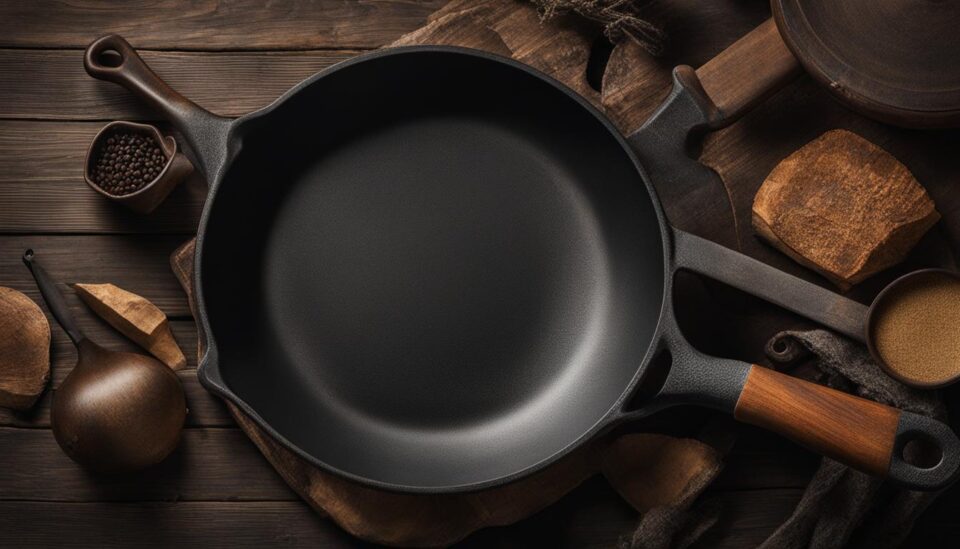
As you embrace a minimalist lifestyle, one of the core principles to keep in mind is choosing quality over quantity. This mindset shift involves investing in durable and high-quality items that will stand the test of time, even if it means sacrificing short-term comfort or convenience. By prioritizing long-lasting items, you reduce waste, save money in the long run, and surround yourself with possessions that truly bring value to your life.
When it comes to furniture, opt for well-crafted pieces that will endure years of use. Choose pieces made from quality materials, built to withstand wear and tear. While investing in high-quality furniture may require a larger upfront investment, it pays off in the long run with furniture that remains functional and aesthetically pleasing for years to come.
The same principle applies to clothing. Instead of filling your wardrobe with fast fashion items that quickly lose their shape and wear out, invest in well-made, timeless pieces that fit your personal style. Opt for garments made from quality fabrics, designed with attention to detail and craftsmanship. By curating a small collection of high-quality clothing items, you not only save money but also contribute to a more sustainable fashion industry.
Investing in Durable Everyday Carry Items
When it comes to everyday carry items like bags, wallets, and accessories, investing in durable options is key. Look for products made from premium materials, such as full-grain leather or sturdy nylon. Quality construction ensures that these items will withstand daily use without showing signs of wear and tear. By choosing well-crafted everyday carry items, you not only elevate your personal style but also reduce the need for frequent replacements.
“The bitterness of poor quality remains long after the sweetness of low price is forgotten.” – Benjamin Franklin
By adopting a quality-over-quantity approach, you develop a discerning eye for items that will stand the test of time. This mindset extends beyond material possessions and can be applied to other aspects of life, such as relationships, experiences, and personal growth. Prioritizing quality allows you to focus on what truly matters, letting go of the excess and finding contentment in the essentials.
- Invest in well-crafted furniture and clothing that can withstand years of use.
- Opt for everyday carry items made from durable materials.
- Remember the quote by Benjamin Franklin: “The bitterness of poor quality remains long after the sweetness of low price is forgotten.”
Next, we will explore the benefits of simple living and how it can enhance your overall well-being.
Try Regular Journaling
Regular journaling is a powerful practice in minimalist living. By taking the time to write down your thoughts, feelings, and experiences, you create a space for self-reflection and self-discovery. Journaling can help you get clear on your values, goals, and aspirations, allowing you to make conscious decisions that align with your minimalist lifestyle.
When you put pen to paper, you become more self-aware and gain a deeper understanding of yourself. You can explore your thoughts and emotions, identify patterns, and uncover areas where you may want to make changes or improvements. Journaling provides a valuable opportunity for self-reflection, helping you process your experiences and gain perspective.
Beyond self-reflection, journaling can also serve as a gratitude practice. By taking the time to write down the things you are grateful for each day, you cultivate a positive mindset and appreciation for what you already have. This practice helps shift your focus away from material possessions and fosters contentment and gratitude in the present moment.
“Journaling is like whispering to one’s self and listening at the same time.” – Mina Murray
There are many ways to approach journaling, so find a method that works best for you. Some people prefer free-writing, where they simply let their thoughts flow onto the page without any particular structure. Others may prefer guided journaling prompts or specific journaling techniques, such as bullet journaling or gratitude journaling.
As part of your minimalist living journey, consider making journaling a regular practice. Set aside a few moments each day, whether it’s in the morning or before bed, to reflect, write, and nurture your inner self. Embrace this simple yet powerful tool for self-discovery and personal growth.
Benefits of Regular Journaling:
- Enhances self-awareness and self-reflection
- Helps clarify values, goals, and aspirations
- Fosters gratitude and contentment
- Supports personal growth and development
- Provides an outlet for processing emotions and experiences
- Promotes mindfulness and presence in the moment
Become a Conscious Consumer
Becoming a conscious consumer is an essential aspect of embracing a minimalist lifestyle. It involves making intentional purchasing decisions and supporting brands that prioritize ethical practices, sustainability, and social responsibility. As a conscious consumer, you have the power to make a positive impact on the world through your choices.
Before making a purchase, take the time to research the brand’s values and practices. Look for transparency regarding their sourcing methods, labor conditions, and environmental impact. Ensure that the brand aligns with your own values and supports ethical practices. By supporting such brands, you are encouraging the adoption of sustainable and ethical practices throughout the industry.
As a conscious consumer, you can also consider the durability and longevity of the products you purchase. Opt for high-quality items that are built to last, reducing the need for frequent replacements and minimizing waste. By choosing quality over quantity, you not only reduce your environmental footprint but also save money in the long run.
By becoming a conscious consumer, you join a growing movement of individuals who believe in the power of their choices. Your actions can contribute to creating a more positive and sustainable world, where ethical practices and minimalist living go hand in hand.
 Sharing is Caring Blog Something different…
Sharing is Caring Blog Something different…
